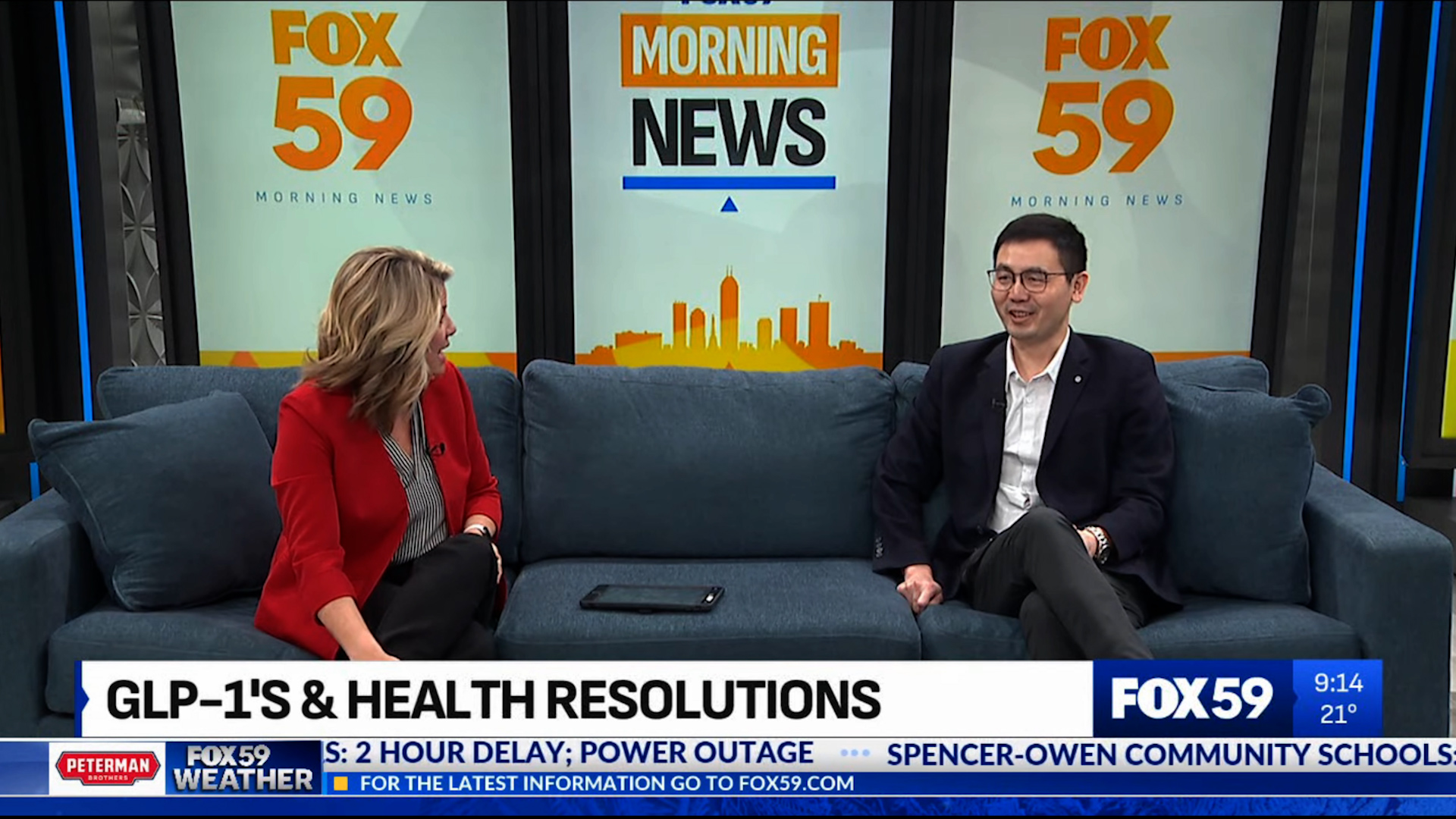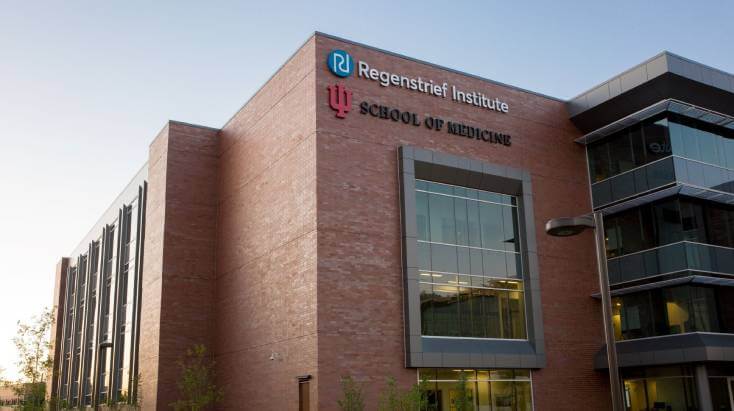Published in JAMA Here is a link to the article.
Regenstrief Institute authors: Sarah Wiehe, MD, MPH
Food insecurity remains a significant public health issue in the United States. In 2022, more than 12 percent of U.S. households experienced food insecurity, including more than 7 percent with low food security and more than 5 percent with very low food security. The burden is particularly severe among economically disadvantaged populations, with nearly one-third of households living below the federal poverty line affected. Food insecurity often coexists with a range of medical, psychological and social challenges, compounding the health risks for these vulnerable groups.
In response to the ongoing concerns about food insecurity and its health implications, the U.S. Preventive Services Task Force (USPSTF) commissioned a systematic review to evaluate the potential benefits and harms of screening for food insecurity in primary care settings. The review included studies focused on children, adolescents and adults to determine whether routine screening could positively impact health outcomes.
Following the review, the USPSTF concluded that the current evidence is insufficient to assess whether screening for food insecurity in healthcare settings improves health outcomes. As a result, the USPSTF issued an “I statement,” indicating that they cannot determine the balance of benefits and harms of such screening practices.
This finding highlights a significant gap in research. While food insecurity is widely recognized as a serious issue, more high-quality studies are needed to determine whether screening within primary care can effectively address this issue and improve patient outcomes. Until more evidence becomes available, healthcare providers must carefully consider individual patient needs and use their judgment in addressing food-related concerns.
Authors:








